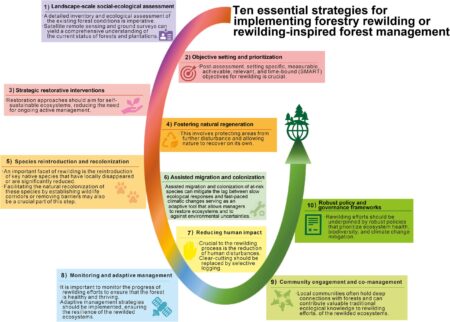Election Insights: The Evolution of Early Voting in Australia
As Australia prepares for its upcoming federal election, the phenomenon of early voting has become a significant growth within the electoral framework. A recent report from The Australia Institute highlights the growing trend of early ballot casting, exploring its effects on voter participation and engagement. In an increasingly polarized political surroundings, comprehending the intricacies of early voting is crucial to understanding how Australians are exercising their democratic rights. This analysis delves into the reasons behind this shift towards pre-election voting and its implications for future elections in Australia. The findings presented here could influence political parties’ strategies while ensuring that every citizen’s voice is acknowledged well ahead of election day.
Emergence of Early Voting in Australia: Trends and Consequences
The Australian electoral landscape is witnessing a remarkable shift marked by a significant rise in early voting participation. This change goes beyond mere logistical adjustments; it mirrors broader sociopolitical trends that underscore voters’ changing preferences and requirements.The popularity of early voting has surged due to an increasing awareness of its convenience, flexibility, and accessibility. This trend significantly impacts key demographics such as younger voters, individuals with disabilities, and busy professionals, who often struggle to cast their votes on designated election days. Recent federal elections have shown that over 60% of voters chose to vote early, up from just above 30% ten years ago.
The ramifications of this trend are complex yet potentially transformative for Australia’s electoral system. With more individuals participating before election day, political parties must adjust their campaign strategies accordingly. Early voting encourages candidates to maintain consistent engagement throughout the entire campaign period rather than concentrating efforts solely during the final days leading up to polling day. Such a shift can enhance voter involvement and led to more representative outcomes at the polls while raising questions about when voter influence peaks and how effective last-minute campaigning truly is. As early voting becomes more entrenched in Australian politics, it’s vital to consider its long-term impact on civic engagement, electoral integrity, and democracy as a whole.
| Year | % Early Voters |
|---|---|
| 2010 | 30% |
| 2013 | 35% |
| 2016 | 45% |
| 2019 | 52% |
| 2022 | 60% |
equity in Access: Evaluating Early Voting Across demographics
An examination into access opportunities for early voting reveals significant disparities among various demographic groups across Australia.Factors such as age, income level, and geographic location play critical roles in determining who can effectively participate in early ballot casting.
A study by the Australia Institute reveals:
- younger urban voters tend to utilize early voting options far more than those living in rural areas.
- Individuals from lower socio-economic backgrounds encounter systemic obstacles that hinder their ability to take advantage of these opportunities.
This raises significant questions regarding whether current practices surrounding early voting genuinely promote inclusivity or inadvertently favor specific segments within society.
- Key factors affecting access include:
- Location: Urban polling stations typically offer longer hours compared with those found in rural settings.
- Income Level: Lower-income individuals may lack flexibility due to work commitments preventing them from accessing earlier ballots.
- Education: Those with higher educational attainment generally possess greater awareness regarding available options related to voting.
- < Strong Expansion Of Operating Hours To Accommodate Diverse Work Schedules ;
- < Strong Providing Additional Locations Within Rural And Underserved Urban areas ;
- Multilingual assistance catering specifically towards diverse communities;
- Voter education campaigns informing citizens about procedures associated with casting ballots ahead-of-time;
- Feedback mechanisms gathering insights post-election directly from participants themselves;
<
/
ulConclusion
As discussions around Australia’s evolving approach toward implementing measures facilitating earlier forms Of participatory democracy continue unfolding , one thing remains clear : These practices have now become integral components shaping contemporary landscapes surrounding governance itself ! Insights provided via reports like those produced by organizations such As “TheAustraliaInstitute” illuminate motivations driving increased levels Of involvement amongst citizens seeking out ways To engage meaningfully within Their respective societies! Ensuring everyone possesses equal opportunity To express opinions isn’t merely convenient—it represents foundational pillars underpinning true democracies everywhere! With rising numbers opting For advanced methods like “EarlyVoting,”Australia sets precedents promoting inclusivity throughout Its own Electoral Processes—potentially influencing future trends seen elsewhere too! Looking forward together means engaging thoughtfully around topics raised herein will prove vital when crafting systems designed benefiting All Australians moving forward!
. . .
| >Demographic< | >Participation Rate< |
|---|---|
| >Urban Young Voters<> <>75%<> <> < | |




